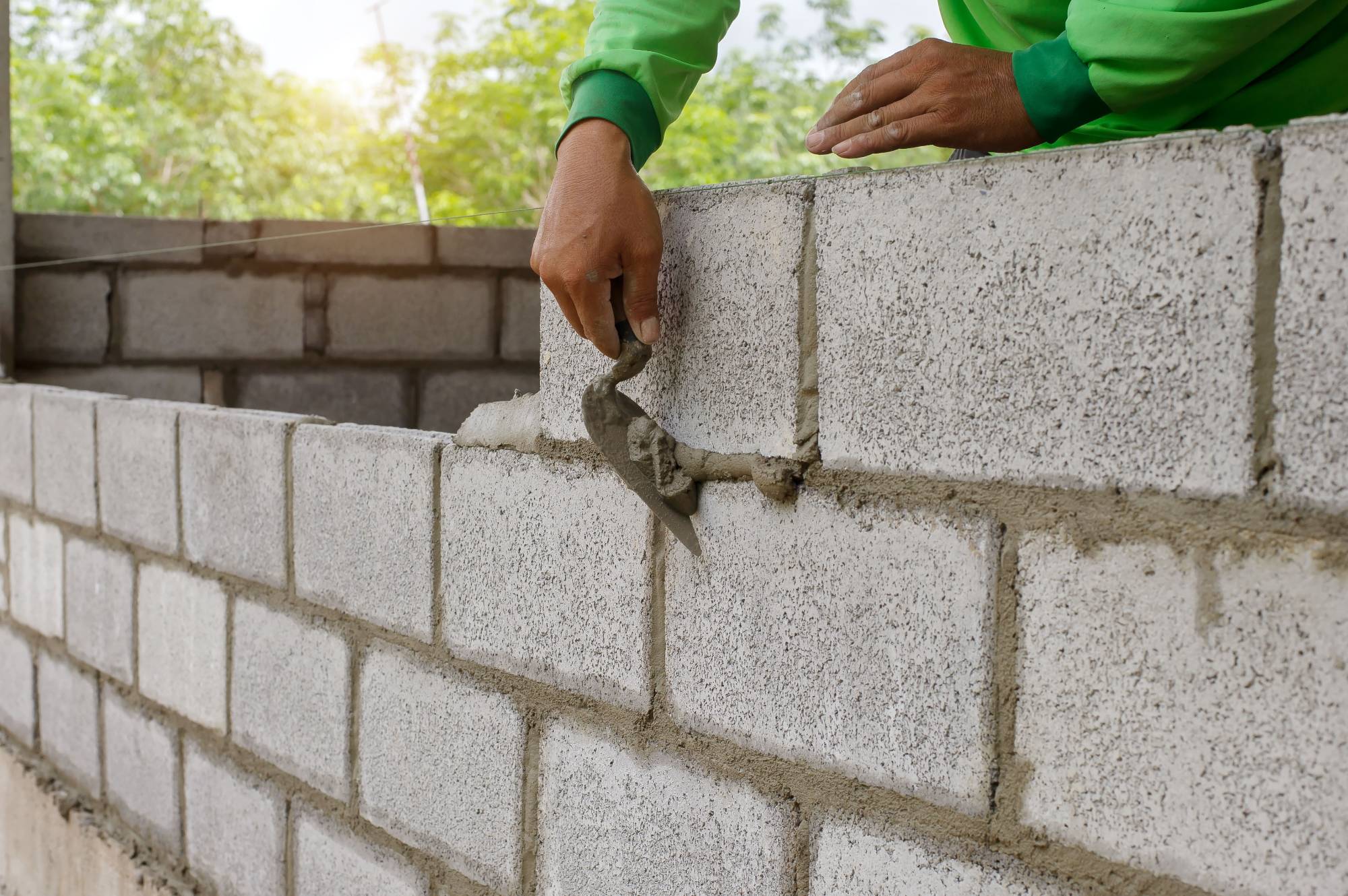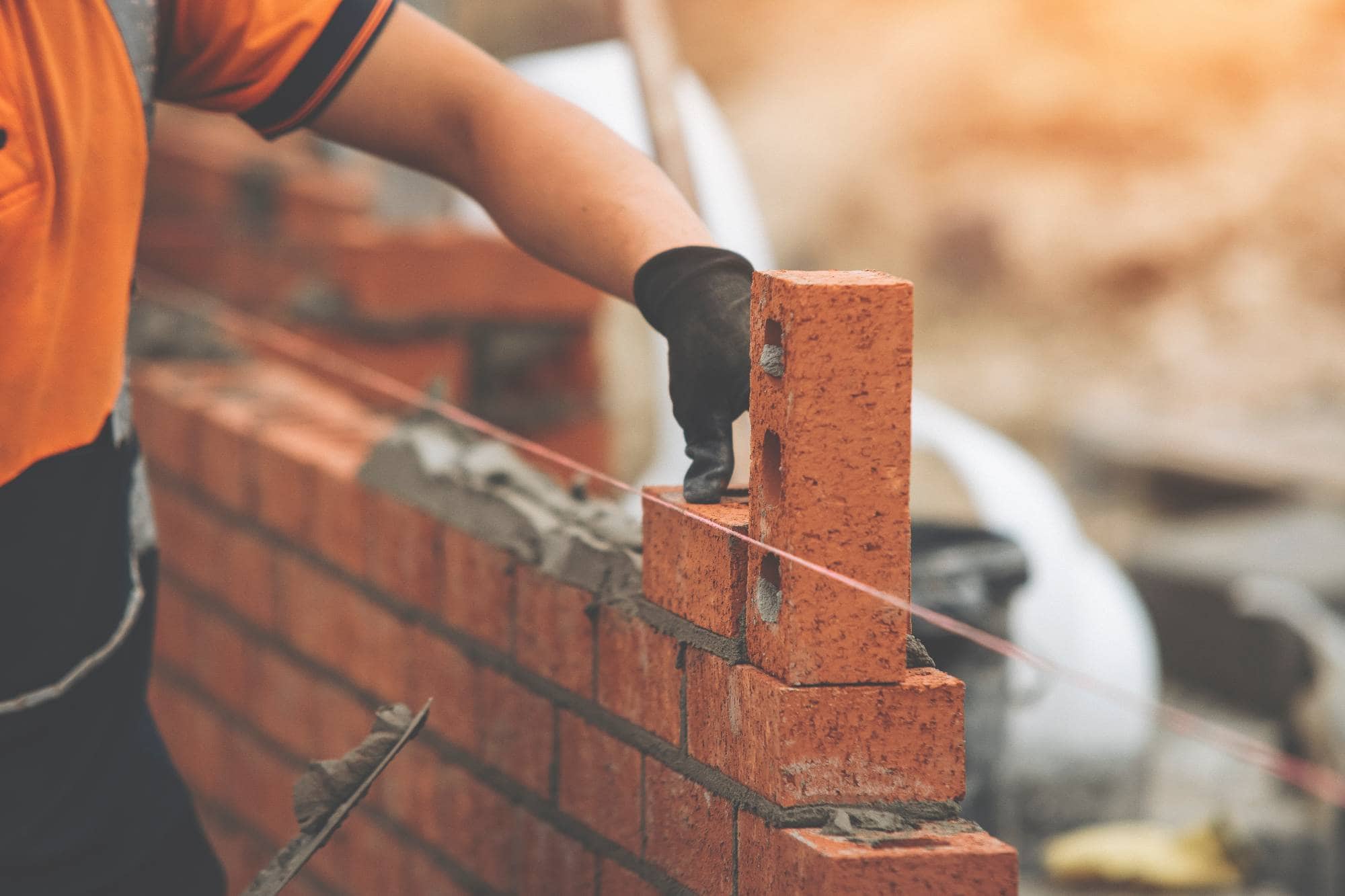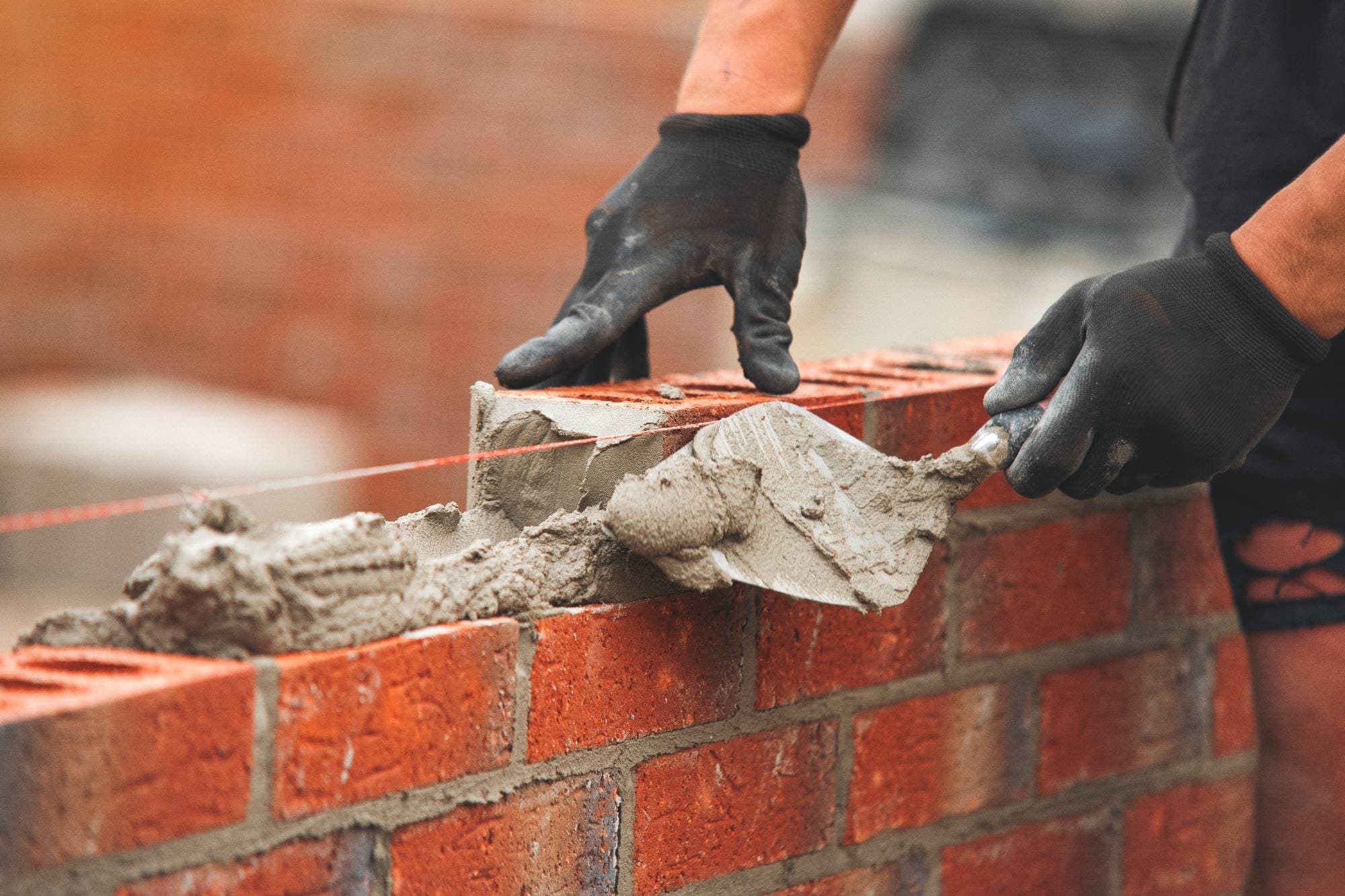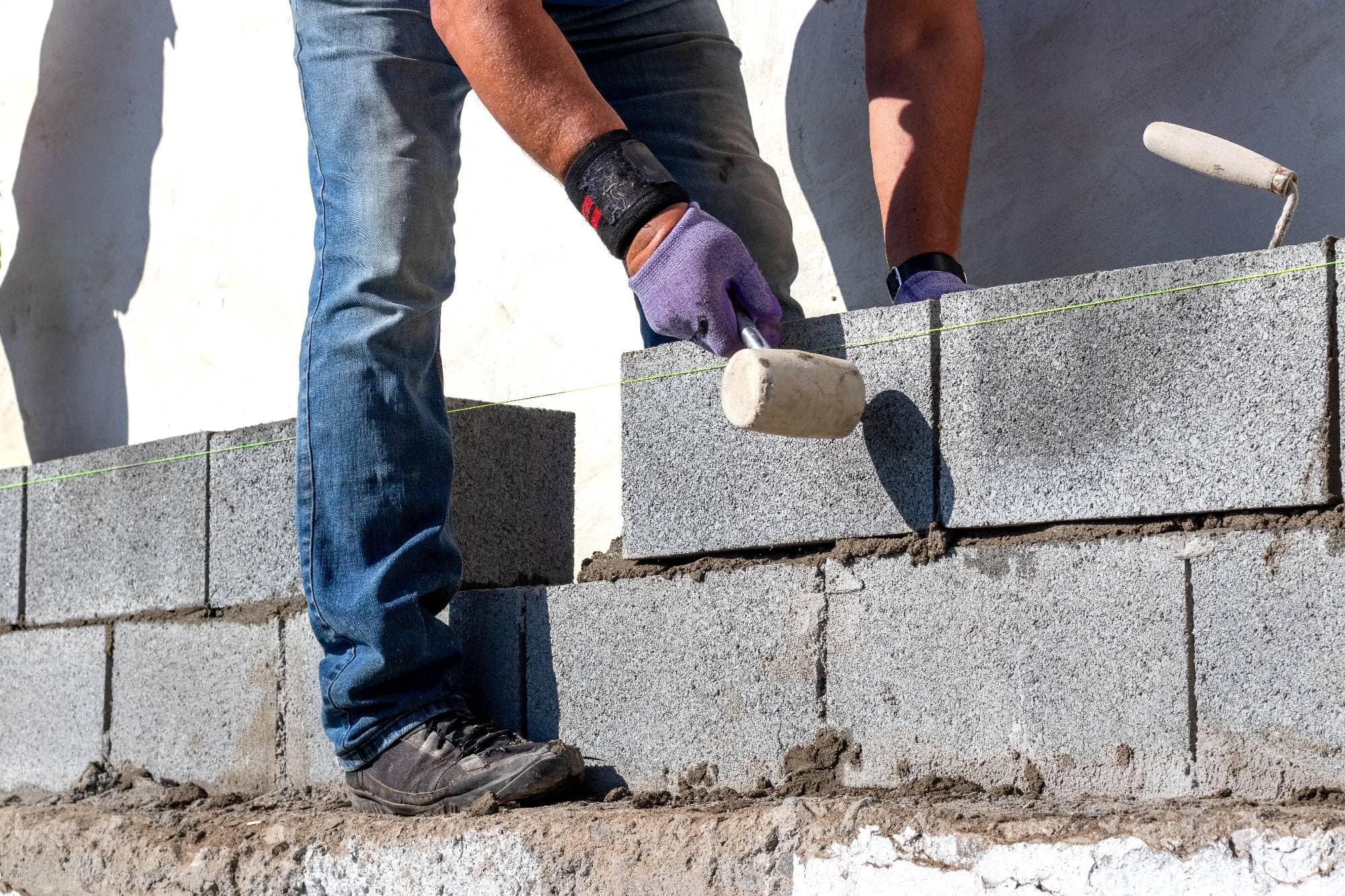Professional masonry contractor specializing in chimney repair, tuck pointing, and custom stonework designed to withstand Fall River’s harsh coastal climate.

Hear from Our Customers

Your chimney faces relentless punishment from Fall River’s freeze-thaw cycles and coastal moisture. Every winter, water seeps into mortar joints, freezes, and expands—gradually breaking down the very foundation of your chimney’s structure.
When you choose professional masonry repair, you’re not just fixing what’s broken. You’re preventing thousands in future damage. Properly repointed mortar joints stop water infiltration before it reaches your home’s interior. Fresh, weather-resistant materials restore structural integrity that lasts decades, not years.
The difference shows immediately. No more white efflorescence stains. No more crumbling mortar falling into your yard. Just solid, dependable masonry that handles whatever New England weather throws at it.
We’ve been serving Fall River and Bristol County since 1997. We understand exactly what coastal moisture does to masonry—and more importantly, how to fix it right the first time.
Our family-owned business specializes in the historic homes that make Fall River unique. From Victorian-era chimneys in the Highlands to century-old mill worker housing downtown, we’ve restored masonry that’s stood the test of time. We know which materials work in this climate and which shortcuts lead to callbacks.
Fall River homeowners trust us because we’re not just contractors—we’re neighbors who take pride in preserving the character of our community, one chimney at a time.

First, we conduct a thorough inspection of your chimney’s masonry, checking for spalling bricks, deteriorated mortar joints, and structural issues. We document everything with photos so you see exactly what we see—no surprises, no hidden problems discovered halfway through the job.
Next comes the careful removal of damaged materials. We grind out old mortar to the proper depth, remove any spalled bricks, and clean surfaces for optimal adhesion. This isn’t rushed work—proper preparation determines how long your repairs will last.
Finally, we rebuild using materials specifically chosen for Fall River’s climate. Our mortar mix matches your existing masonry in color and composition while providing superior weather resistance. New bricks are carefully selected to blend seamlessly with your chimney’s original character. The result? Masonry that looks like it’s been there for decades but performs like it was built yesterday.

Ready to get started?
Our masonry services go beyond basic repairs. We handle everything from historic restoration projects that require matching century-old brick patterns to modern chimney rebuilds that meet current building codes.
Tuck pointing is our specialty—the meticulous process of removing deteriorated mortar and replacing it with fresh, weather-resistant material. In Fall River’s coastal environment, this isn’t just maintenance; it’s essential protection against the freeze-thaw cycles that destroy improperly maintained masonry.
We also handle custom stonework, fireplace rebuilds, and structural repairs. Each project uses materials specifically chosen for our local climate. That means understanding how salt air affects mortar, which brick types handle temperature fluctuations best, and why proper flashing details matter more here than in inland communities. When you’re dealing with Fall River’s unique challenges, experience with local conditions makes all the difference.
